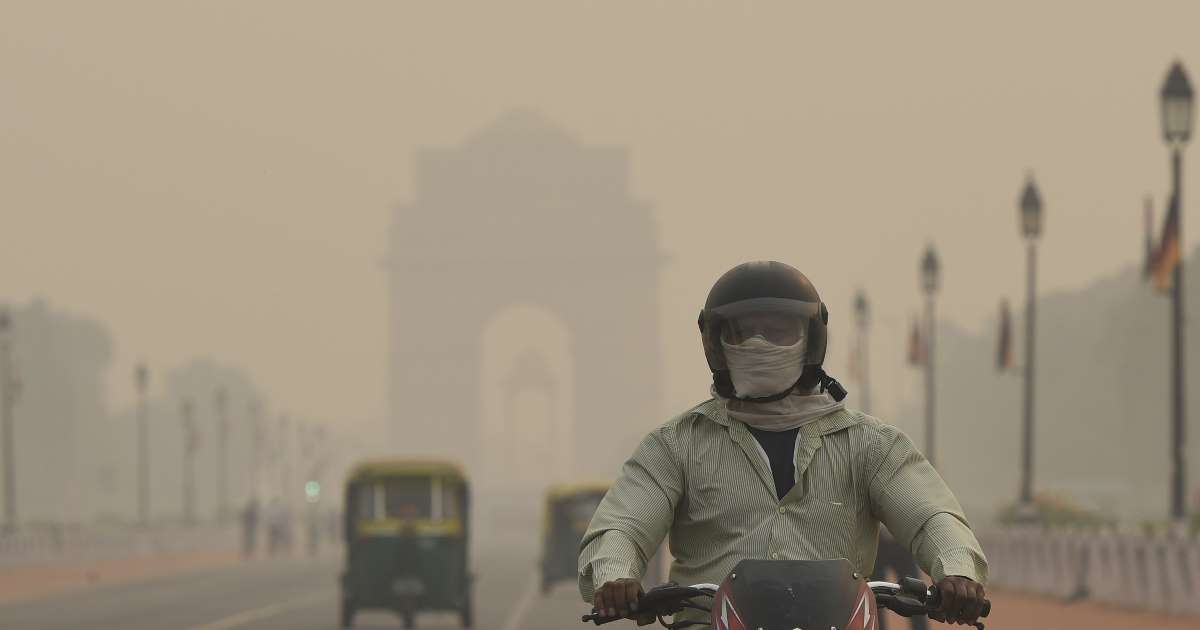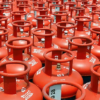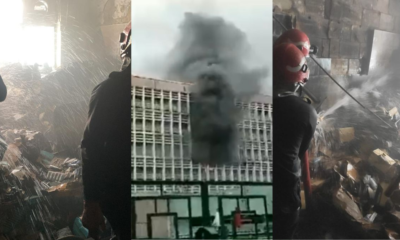Air quality in Delhi continued to be low on Thursday for the second consecutive day, despite an average wind frequency of 15-16 kmph. Delhi reported an AQI value of 208, which places it in the ‘bad’ zone, according to the daily bulletin of the Central Pollution Control Board.
While faster winds play a significant role in pollutant dispersion, experts said it does not help in the case of Delhi as there is no consistent wind speed throughout the day. It is not helpful as well as the direction of the wind as it blows from the northwest carrying particulate matter (PM2.5 and PM10 — one of the major contaminants in the air of Delhi) from Haryana and Punjab where farm fires are blazing, they said.
The wind speed decreases during the evening and early morning hours, according to scientists at the India Meteorological Department ( IMD). They also said that the northwest winds are currently carrying in fumes from crop stubble burnt in Punjab and Haryana, which is one of the significant contributors of particulate matter to Delhi’s climate, according to the Delhi government.
With the day wind alone, these contaminants can not spread as much, as the winds turn quiet from night to early morning hours. The amount of time during which the wind speed is right is concise. The ventilation index (the capacity of the atmosphere to dilute and disperse contaminants over a region) has also become significantly low with a dip in mercury,’ stated by Kuldeep Srivastava, head of the regional weather forecasting centre of IMD.
On Wednesday, for the first time since June 28, Delhi’s air plunged into the ‘bad’ zone. Government agencies have cautioned that, while remaining in the ‘bad’ area, the air quality in Delhi may deteriorate more over the next two days. Prolonged exposure to harmful air will lead to breathing discomfort for most individuals, according to the CPCB.
As per the Air Quality and Weather Forecasting And Research (Safar) System, the air quality scanning and forecasting wing of the central government, PM 2.5 is characterised by winter as the lead pollutant. The AQI forecast is for Friday at the higher end of the moderate to bad group. It is, however, expected to strengthen to be back in the intermediate group afterwards. A steady rise in burning stubble fires across Punjab, Haryana, and neighbouring border regions was observed on Wednesday. The wind direction and velocity of the boundary layer are currently favourable for the transport of pollutants to Delhi. Still, a change in the wind direction is likely as of October 11, which is expected to help improve air quality, the Safar bulletin reported.
The fire report in the northwest area on October 7 reached 399, as per Safar.
Srivastava of IMD also responded by saying that the region’s wind speed is likely to improve by Sunday.
Because of the likely booming developments in the area, air quality could improve slightly on 11-12 October. At this time, the wind direction will also shift to southeasterly. However, with a return of northwesterlies and a dip in both night and day temperatures, this trend will change from October 15,’ said Srivastava.
The minimum temperature on Thursday was 19.1 degrees Celsius, two notches lower than average, while the maximum was 35.6 degrees, two notches higher than usual.






































